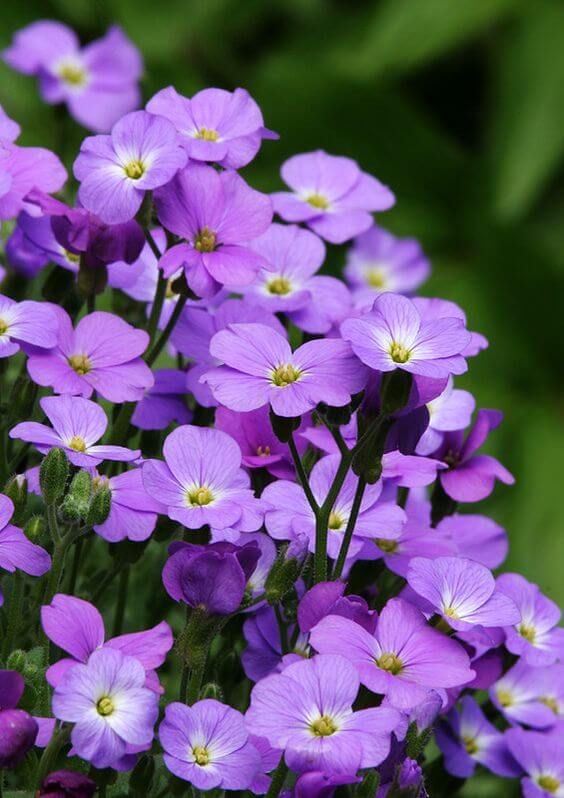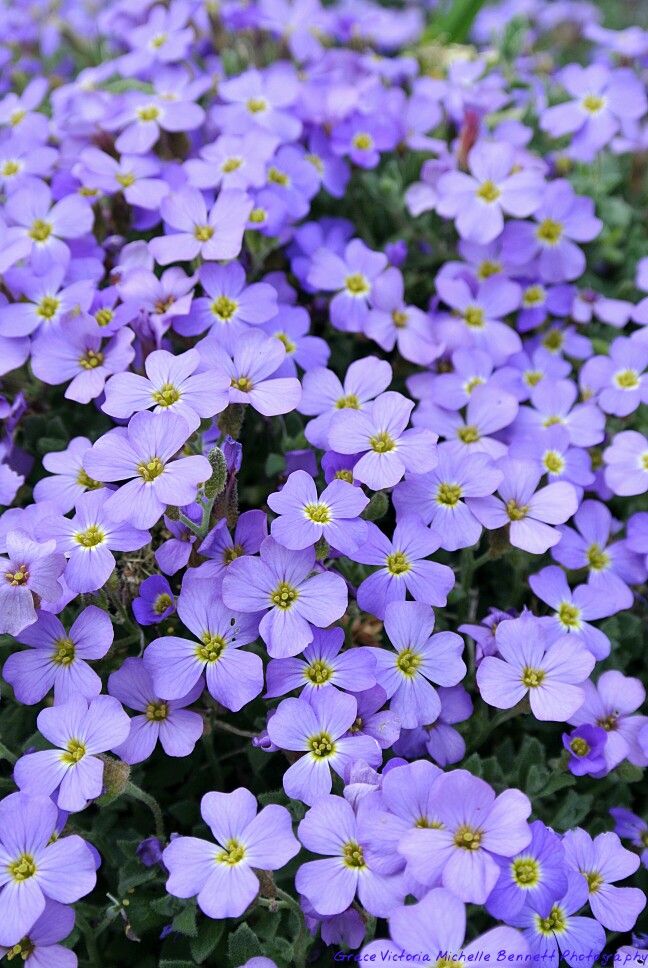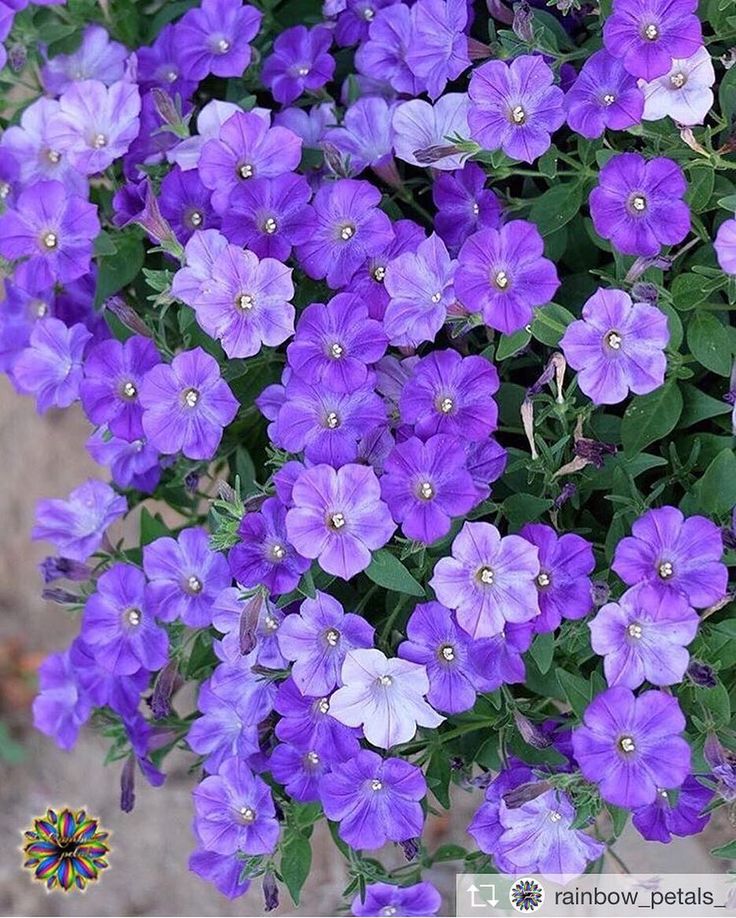Hepatica nobilis, commonly known as Liverwort or Liverleaf, is a charming and early-blooming perennial herbaceous plant native to Europe, Asia, and North America. Here’s a glimpse into this fascinating species:







1. Appearance and Features:
Hepatica nobilis typically emerges in early spring, producing delicate, three-lobed leaves with a distinctive leathery texture and a glossy appearance. Its name “Hepatica” comes from the resemblance of the leaves to the human liver. The plant produces solitary, cup-shaped flowers with petals in various shades of white, pink, lavender, or blue. These flowers emerge on slender stems above the foliage.
2. Natural Habitat and Growth Conditions:
Liverwort thrives in woodland areas, preferring moist, well-drained soils and shaded to partially shaded environments. It often grows under deciduous trees or in rocky woodland regions. Its ability to thrive in cooler climates makes it a favorite in temperate regions for early spring garden displays.
3. Cultural Significance and Symbolism:
Hepatica nobilis has garnered symbolic meanings throughout history. In some cultures, it represents rebirth, new beginnings, and protection. Its early bloom in spring has also associated it with the renewal of life and the arrival of warmer seasons after winter.
4. Ecological Importance:
Besides its aesthetic appeal, Hepatica nobilis plays a role in supporting pollinators, attracting early-season bees and other insects seeking nectar and pollen. Its presence in woodland ecosystems contributes to biodiversity and serves as an indicator of healthy woodland environments.
5. Gardening and Cultivation:
Liverwort is appreciated for its low maintenance and resilience. It’s suitable for woodland gardens, shaded rock gardens, or naturalized settings. While it prefers slightly acidic soils, it can adapt to various soil types when provided with proper care, including regular watering and occasional division to maintain vigor.
6. Varieties and Hybrids:
Within the Hepatica genus, there are several species and cultivars, each showcasing variations in flower colors, leaf shapes, and sizes. Some popular varieties include Hepatica nobilis var. acuta and Hepatica nobilis var. japonica, known for their specific characteristics.
7. Medical and Folklore Uses:
In traditional herbal medicine, parts of the Liverwort plant were historically used for their supposed medicinal properties, although its use in modern medicine is limited due to potential toxicity. However, in folklore, it has been associated with various healing properties.
8. Conservation and Protection:
While not globally threatened, some regional populations of Hepatica nobilis face habitat loss due to human activities, emphasizing the importance of conservation efforts to preserve its natural habitats.
Hepatica nobilis, with its early spring blooms and resilient nature, continues to enchant gardeners, nature enthusiasts, and those fascinated by the delicate beauty and symbolic significance of this charming woodland plant.